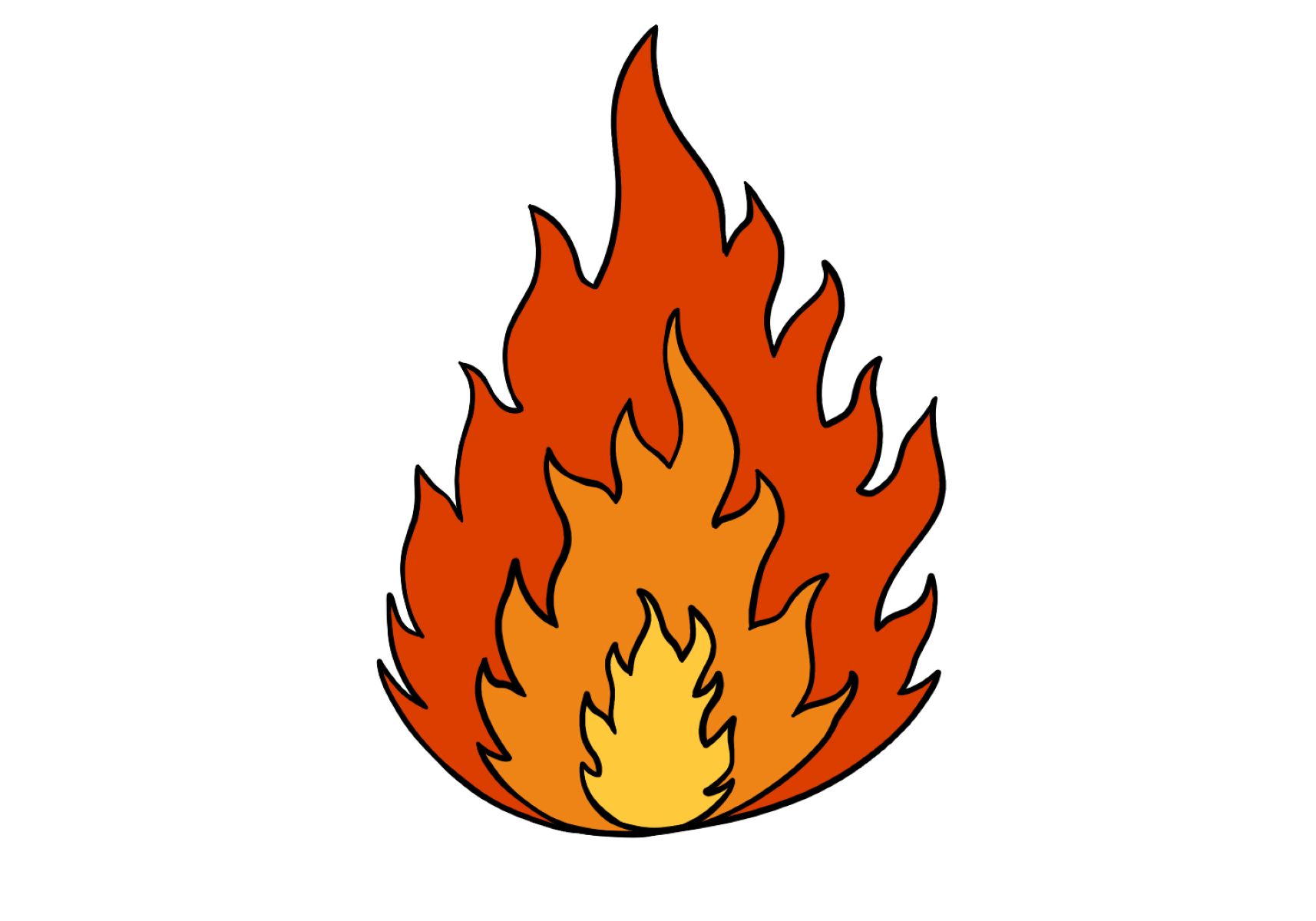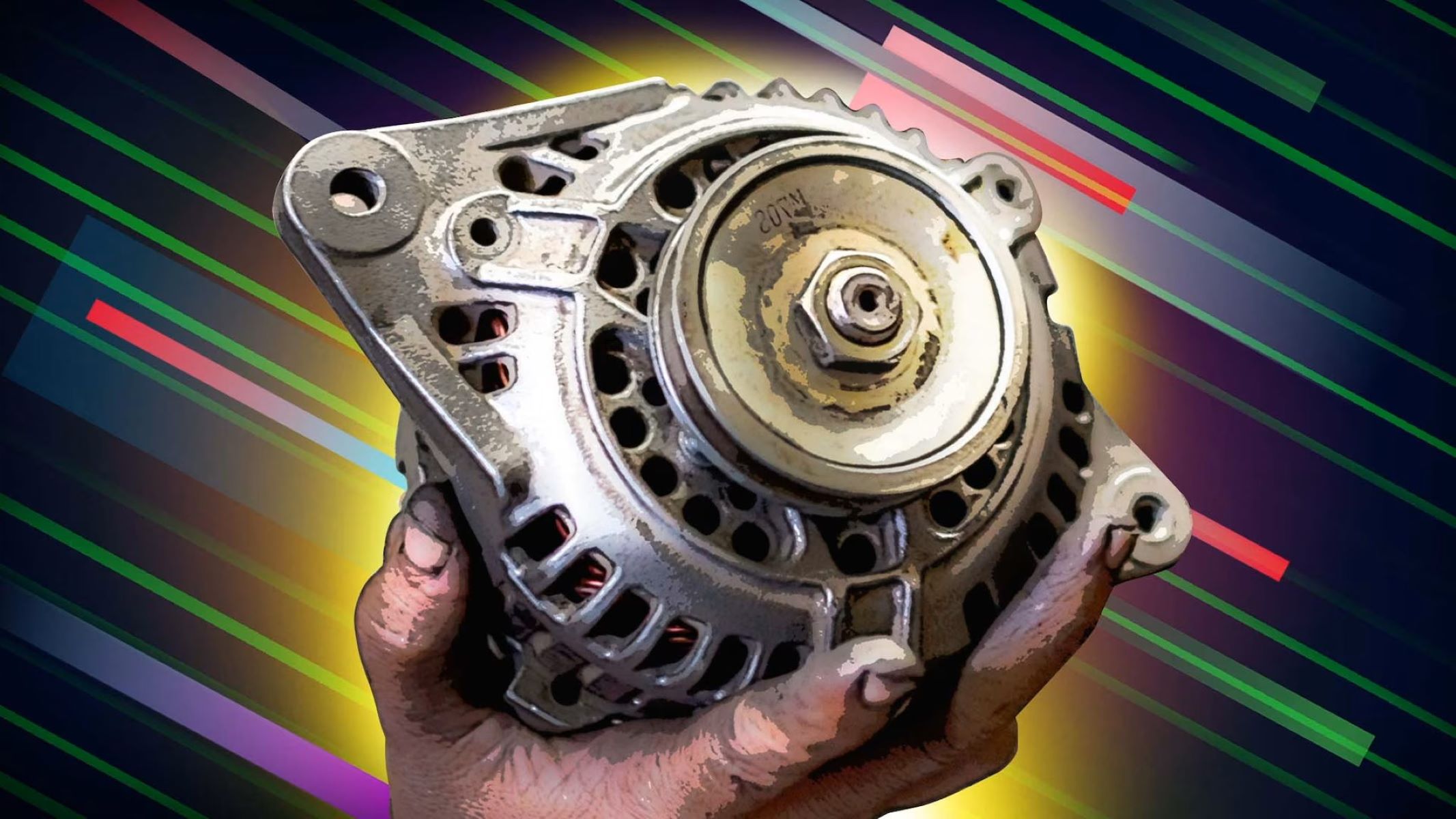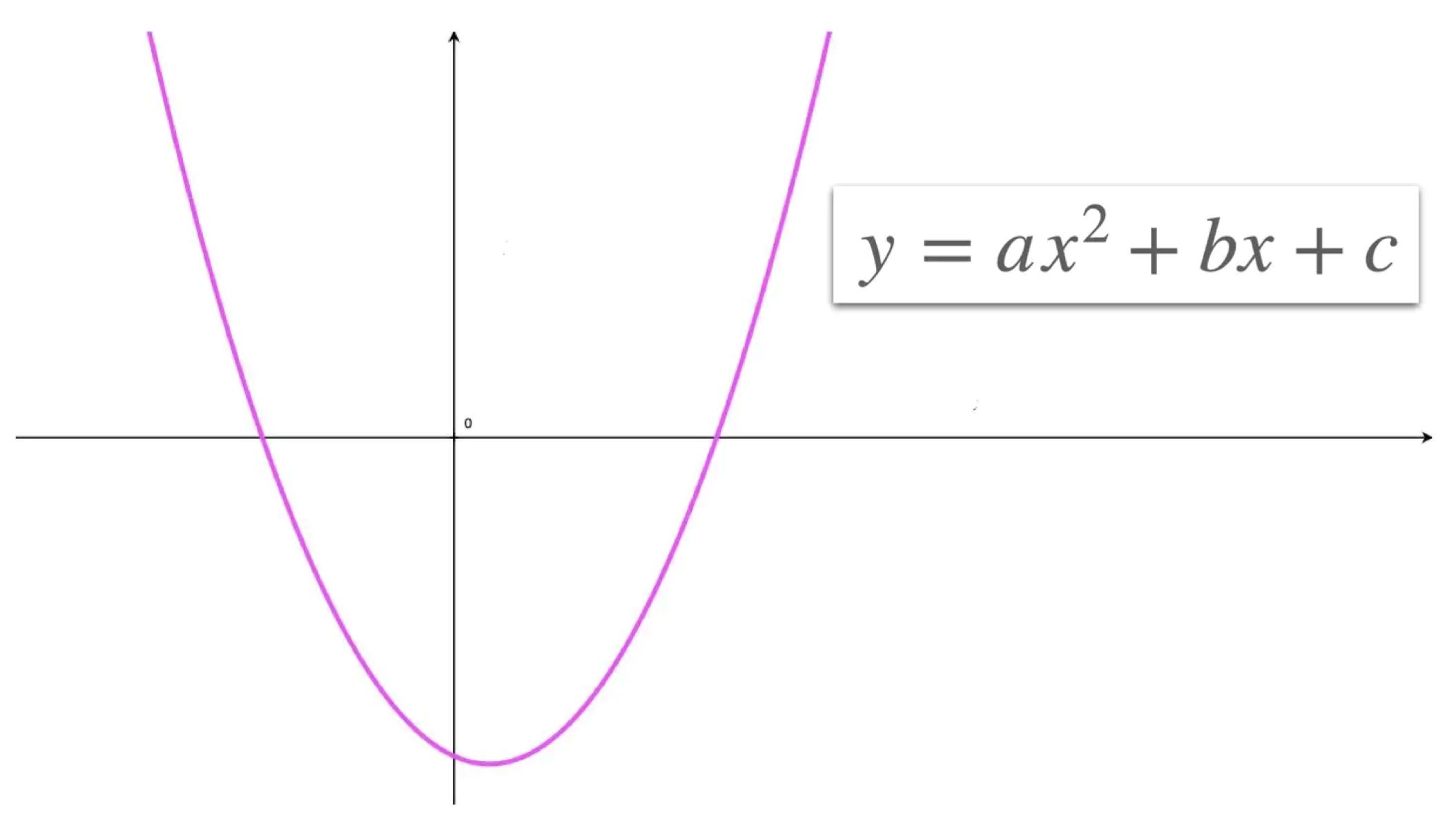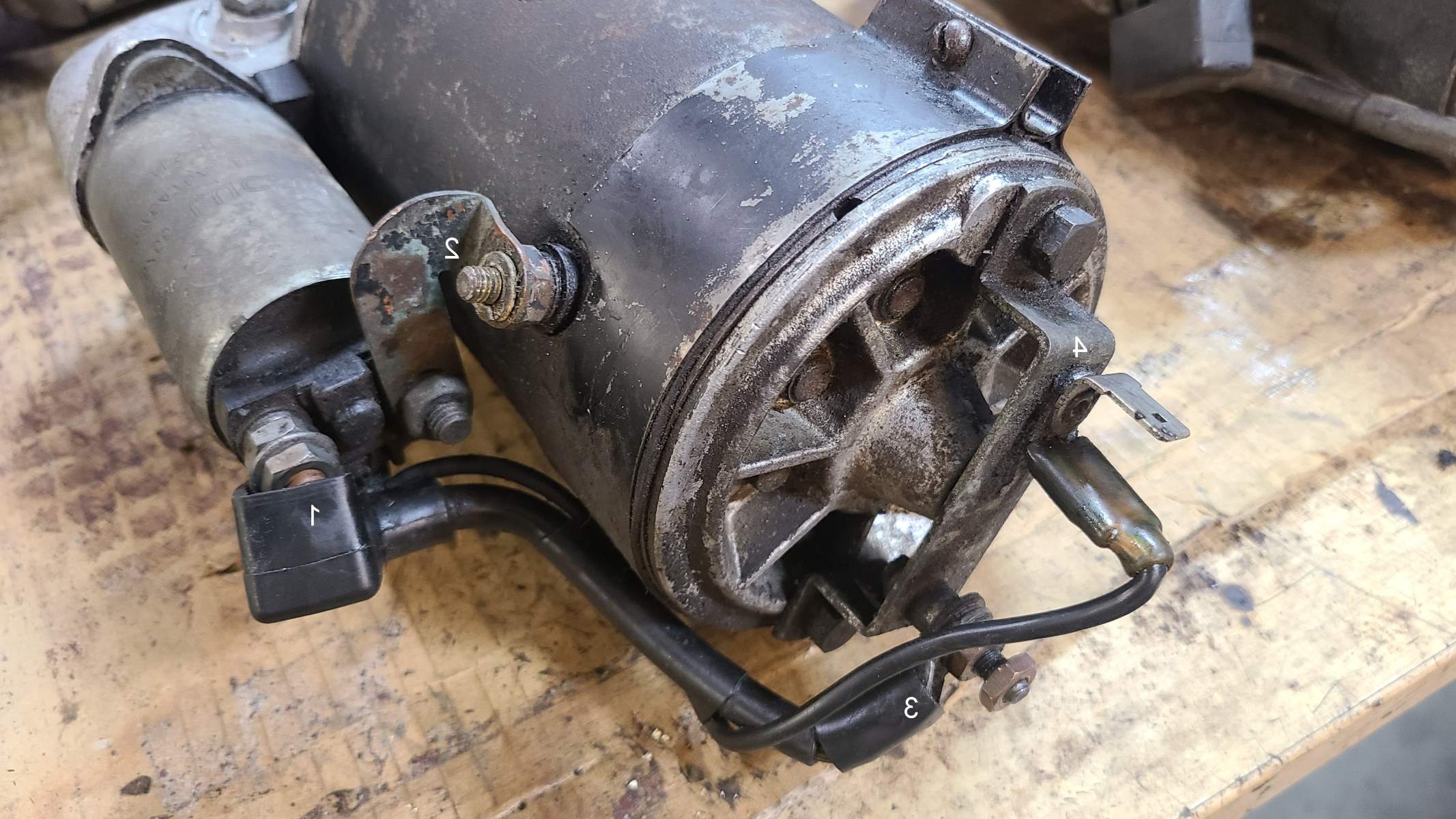Home>Technology and Computers>How To Discharge A Capacitor
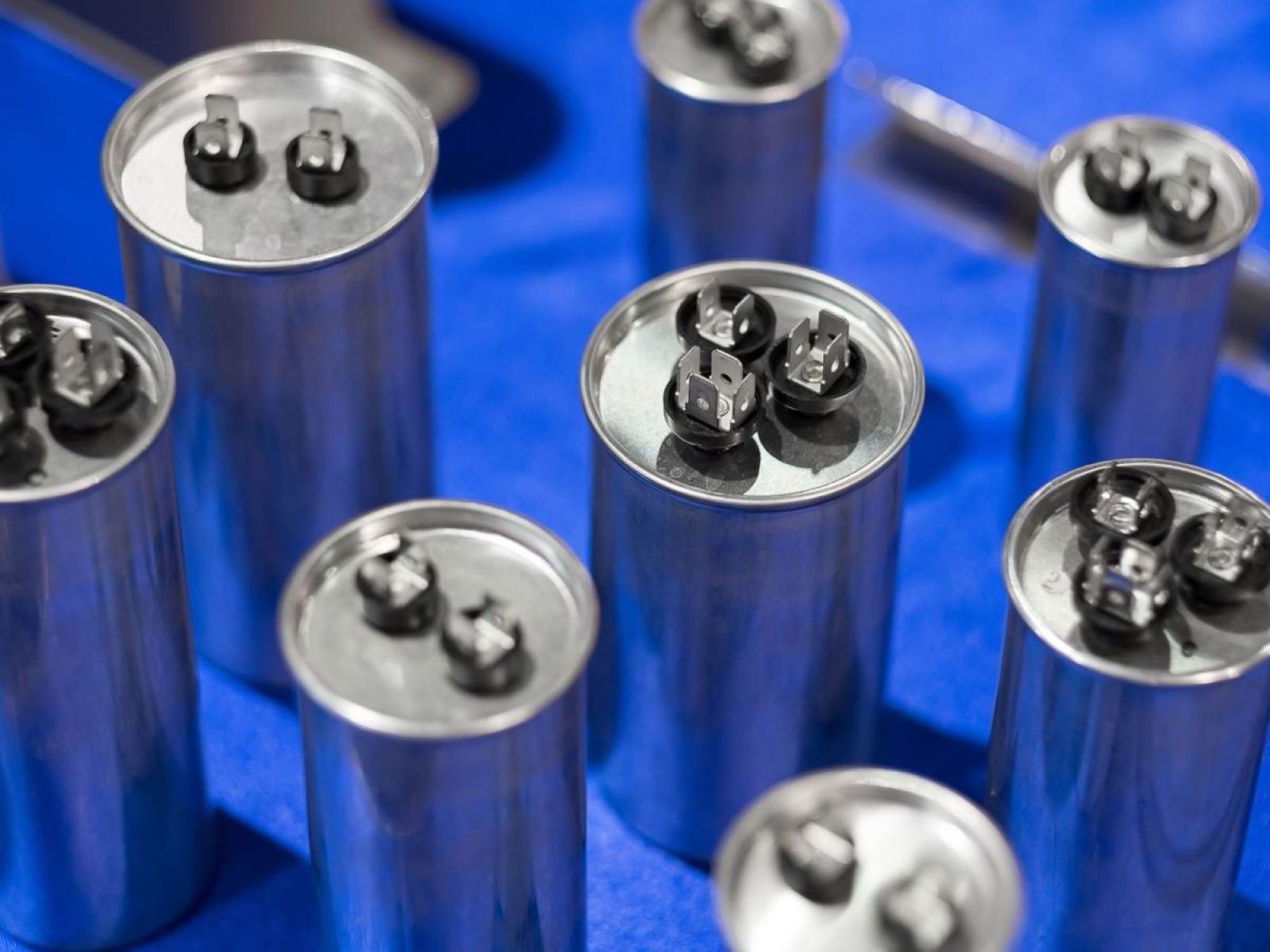

Technology and Computers
How To Discharge A Capacitor
Published: February 28, 2024
Learn how to safely discharge a capacitor in technology and computers. Follow these steps to avoid electrical hazards and protect your equipment.
(Many of the links in this article redirect to a specific reviewed product. Your purchase of these products through affiliate links helps to generate commission for Regretless.com, at no extra cost. Learn more)
Table of Contents
Introduction
Capacitors are essential components in many electronic devices, serving various functions such as energy storage, power conditioning, and signal coupling. These devices store electrical energy in an electric field, and when charged, they can pose a significant safety risk if not handled properly. Discharging a capacitor is a crucial step in ensuring safety when working with electronic circuits.
Understanding the principles of discharging a capacitor is vital for anyone involved in electronics, whether as a hobbyist or a professional. This process involves safely releasing the stored electrical energy within the capacitor to prevent the risk of electric shock or damage to the components.
In this comprehensive guide, we will explore the various methods for discharging a capacitor safely. We will delve into the underlying principles of capacitors, discuss the potential hazards associated with mishandling them, and provide step-by-step instructions for discharging capacitors using different techniques.
By the end of this guide, you will have a clear understanding of the importance of discharging capacitors and the knowledge to do so safely and effectively. Whether you are a seasoned electronics enthusiast or a novice in the field, mastering the art of discharging capacitors is a fundamental skill that will contribute to a safer and more efficient electronics work environment.
Read more: How To Be A Player
Understanding Capacitors
Capacitors are fundamental components in electronic circuits, designed to store and release electrical energy. They consist of two conductive plates separated by an insulating material known as a dielectric. When a voltage is applied across the plates, an electric field is established within the dielectric, resulting in the storage of electrical charge.
The ability of a capacitor to store charge is quantified by its capacitance, measured in farads (F). Capacitors come in various types, each with unique characteristics suited for specific applications. Electrolytic capacitors, for instance, are polarized and commonly used in power supply circuits, while ceramic capacitors are non-polarized and find widespread use in filtering and decoupling applications.
Capacitors play a crucial role in smoothing voltage fluctuations, filtering noise, and blocking direct current while allowing alternating current to pass through. They are also employed in timing circuits, signal coupling, and energy storage systems. Understanding the behavior and properties of capacitors is essential for effectively utilizing them in electronic designs.
When a capacitor is charged, it stores energy in the form of an electric field between its plates. This stored energy can present a potential hazard when the capacitor is mishandled, as it can discharge rapidly, leading to electric shock or damage to the surrounding components. Therefore, discharging a capacitor before working on a circuit is a critical safety measure.
In summary, capacitors are indispensable components in electronics, serving a wide range of functions. Their ability to store and release electrical energy makes them essential for numerous applications, but it also underscores the importance of understanding how to safely discharge them to mitigate potential risks.
Safety Precautions
When dealing with capacitors, observing safety precautions is paramount to prevent electric shock and ensure the integrity of electronic components. Capacitors store electrical energy, and mishandling them can lead to hazardous situations. Before attempting to discharge a capacitor, it is crucial to adhere to the following safety measures:
-
Power Off: Always ensure that the power to the circuit containing the capacitor is turned off and, if applicable, unplugged. This minimizes the risk of electric shock and prevents the capacitor from charging further.
-
Verify Discharge: Before working on the circuit, use a multimeter to confirm that the capacitor has been discharged. This step is essential, as capacitors can retain a charge even after the power source has been disconnected.
-
Personal Protective Equipment (PPE): Wear appropriate PPE, including insulated gloves and safety goggles, to protect against potential electrical hazards. Capacitors can discharge unexpectedly, and PPE provides an additional layer of safety.
-
Isolate the Circuit: If possible, isolate the circuit containing the capacitor to prevent accidental contact with live components. This isolation can be achieved through the use of barriers or insulating materials.
-
Discharge Tools: Utilize proper discharge tools, such as a discharge resistor or a discharge tool specifically designed for capacitors. These tools facilitate the safe release of stored energy without causing damage to the capacitor or the surrounding circuitry.
-
Avoid Short Circuits: When discharging a capacitor, avoid creating a short circuit across its terminals, as this can lead to rapid discharge and potential damage to the capacitor and other components.
-
Respect Polarity: For polarized capacitors, such as electrolytic capacitors, observe the correct polarity when discharging and recharging to prevent damage to the capacitor.
By adhering to these safety precautions, individuals can mitigate the risks associated with discharging capacitors and ensure a safe working environment when handling electronic circuits. Prioritizing safety not only safeguards against potential hazards but also contributes to the longevity and reliability of electronic components.
Discharging a Capacitor Using a Resistor
Discharging a capacitor using a resistor is a widely employed method in electronics for safely releasing the stored electrical energy within the capacitor. This technique involves connecting a resistor across the terminals of the charged capacitor, allowing the energy to dissipate gradually through the resistor. The resistor serves as a pathway for the controlled discharge of the capacitor, preventing rapid energy release and potential damage to the components.
To discharge a capacitor using a resistor, follow these steps:
-
Power Off: Ensure that the power to the circuit is turned off and, if applicable, unplugged. This step is crucial to prevent electric shock and allows the capacitor to discharge safely.
-
Select a Resistor: Choose a resistor with an appropriate resistance value for discharging the specific capacitor. The resistance value determines the rate at which the capacitor will discharge. A higher resistance value results in a slower discharge, while a lower value allows for a faster discharge.
-
Calculate Discharge Time: If the resistance value of the chosen resistor is known, the discharge time can be calculated using the formula t = R * C, where t is the time in seconds, R is the resistance in ohms, and C is the capacitance in farads. This calculation provides an estimate of the discharge duration.
-
Connect the Resistor: Once the resistor is selected, connect one end of the resistor to the positive terminal of the capacitor and the other end to the negative terminal. This creates a discharge path for the stored energy within the capacitor.
-
Wait for Discharge: Allow sufficient time for the capacitor to discharge through the resistor. The discharge time can vary based on the resistance value and capacitance of the capacitor. Monitoring the voltage across the capacitor with a multimeter can indicate the progress of the discharge process.
Discharging a capacitor using a resistor is an effective and safe method that allows for controlled energy dissipation. This technique is commonly used in various electronic applications, including power supply circuits, audio amplifiers, and timing circuits. By employing the appropriate resistor and following the outlined steps, individuals can discharge capacitors safely and mitigate the associated risks when working with electronic circuits.
In summary, discharging a capacitor using a resistor is a fundamental technique that promotes safety and proper handling of electrical energy stored within capacitors. By understanding and implementing this method, individuals can contribute to a secure and efficient working environment when dealing with electronic components.
Discharging a Capacitor Using a Screwdriver
Discharging a capacitor using a screwdriver is a method commonly employed in situations where specialized discharge tools or resistors may not be readily available. While this technique can be effective when executed with caution, it is important to note that using a screwdriver to discharge a capacitor carries inherent risks and should be approached with careful consideration of safety measures.
When utilizing a screwdriver to discharge a capacitor, it is essential to prioritize safety and adhere to the following guidelines:
-
Power Off: Before attempting to discharge the capacitor, ensure that the power to the circuit is turned off and, if applicable, unplugged. This precautionary step minimizes the risk of electric shock and provides a safer environment for handling the capacitor.
-
Insulated Screwdriver: Select an insulated screwdriver specifically designed for electrical work. The insulated handle and shaft of the screwdriver help prevent accidental contact with live components, reducing the likelihood of electric shock.
-
Visual Inspection: Prior to initiating the discharge process, visually inspect the capacitor to ensure there are no visible signs of damage, such as bulging or leakage. A damaged capacitor should not be discharged using this method, as it may pose additional hazards.
-
Safe Discharge Point: Identify the discharge points on the capacitor, typically the terminals where the electrical connections are made. Position the screwdriver in a manner that allows for safe and controlled contact with these discharge points.
-
Caution and Control: With the insulated screwdriver in hand, carefully bridge the gap between the capacitor's terminals using the metal tip of the screwdriver. Exercise caution and maintain control throughout this process to prevent slippage or accidental contact with other components.
-
Wait for Discharge: After bridging the terminals, allow the capacitor to discharge gradually. It is important to exercise patience and allow sufficient time for the stored energy to dissipate. Monitoring the voltage across the capacitor with a multimeter can provide insight into the progress of the discharge process.
-
Visual and Audible Confirmation: As the capacitor discharges, observe for any visual or audible cues, such as a spark or a brief arc, which may indicate the release of stored energy. Once the discharge is complete, visually inspect the capacitor to ensure that it has been safely discharged.
It is crucial to emphasize that while discharging a capacitor using a screwdriver is a viable approach in certain scenarios, it should be regarded as a makeshift solution and not a substitute for utilizing proper discharge tools or resistors. Additionally, individuals should exercise extreme caution and prioritize safety when employing this method, as the risks associated with mishandling capacitors can lead to serious consequences.
In summary, discharging a capacitor using a screwdriver requires meticulous attention to safety protocols and a thorough understanding of the potential hazards involved. While it may serve as a temporary solution in the absence of specialized tools, it is imperative to prioritize safety and exercise caution when utilizing this method to discharge capacitors in electronic circuits.
Read more: How To Fillet A Trout
Discharging a Capacitor Using a Discharge Tool
Discharging a capacitor using a dedicated discharge tool is a highly effective and safe method for releasing stored electrical energy within the capacitor. These specialized tools are specifically designed to provide a controlled pathway for discharging capacitors, minimizing the risk of electric shock and preventing damage to the components. The use of discharge tools is particularly advantageous in professional electronic maintenance and repair settings, where safety and precision are paramount.
When employing a discharge tool to safely release the energy stored in a capacitor, the following steps are typically involved:
-
Selecting the Appropriate Discharge Tool: Choose a discharge tool that is compatible with the type and capacitance of the capacitor being discharged. These tools come in various designs, including discharge wands and discharge sticks, each tailored to accommodate different capacitor configurations and voltage ratings.
-
Power Off and Isolation: Prior to using the discharge tool, ensure that the power to the circuit is turned off and, if applicable, unplugged. Additionally, isolate the capacitor from the rest of the circuit to prevent accidental contact with live components.
-
Positioning the Discharge Tool: Carefully position the discharge tool in proximity to the capacitor's terminals, ensuring proper alignment and contact with the designated discharge points. The design of the discharge tool facilitates safe and controlled discharge without the need for direct physical contact with the capacitor.
-
Activating the Discharge: With the discharge tool in place, activate the tool according to its operational instructions. This may involve pressing a button, triggering a switch, or following specific activation procedures outlined by the tool's manufacturer.
-
Monitoring the Discharge Process: Observe the discharge tool's indicators or displays to monitor the progress of the discharge process. Some discharge tools provide visual or audible cues to signify the completion of the discharge, ensuring that the stored energy has been safely released.
By utilizing a discharge tool designed for capacitors, individuals can effectively and reliably discharge capacitors in electronic circuits with a high degree of safety and precision. These tools are engineered to meet industry standards for electrical safety and are essential assets in professional electronics maintenance, repair, and servicing operations.
In summary, the use of dedicated discharge tools offers a dependable and standardized approach to discharging capacitors, contributing to a safer working environment and minimizing the potential risks associated with mishandling electrical energy stored within capacitors.
Conclusion
In conclusion, the safe and effective discharge of capacitors is a fundamental aspect of working with electronic circuits. Capacitors, integral to numerous electronic devices and systems, store electrical energy and can pose significant safety hazards if not handled properly. Understanding the principles of discharging capacitors and employing appropriate techniques is essential for mitigating risks and ensuring a secure working environment.
Throughout this comprehensive guide, we have explored various methods for discharging capacitors, each with its unique considerations and applications. From utilizing resistors to employing specialized discharge tools, the importance of prioritizing safety measures has been consistently emphasized. Whether in hobbyist projects or professional electronic maintenance, the following key points encapsulate the significance of mastering the art of discharging capacitors:
-
Safety First: Prioritizing safety precautions, such as verifying power-off status, using personal protective equipment, and respecting polarity, is paramount when working with capacitors. These measures not only safeguard against potential hazards but also contribute to the longevity and reliability of electronic components.
-
Methodical Discharge Techniques: Whether employing resistors, screwdrivers, or dedicated discharge tools, the method chosen for discharging capacitors should align with the specific requirements of the circuit and the capacitance of the capacitor. Each technique offers its advantages and considerations, emphasizing the need for informed decision-making.
-
Risk Mitigation and Precision: The controlled release of stored electrical energy within capacitors is crucial for preventing electric shock and safeguarding the integrity of electronic components. By adhering to safety protocols and utilizing appropriate tools, individuals can discharge capacitors with precision and confidence.
-
Professional Applications: In professional electronic maintenance and repair settings, the use of dedicated discharge tools is highly recommended for ensuring standardized and reliable discharge procedures. These tools are engineered to meet industry standards for electrical safety, making them indispensable assets in professional electronics servicing operations.
By integrating these insights into electronic work practices, individuals can contribute to a safer and more efficient working environment, fostering a culture of safety and precision in electronics-related endeavors.
In essence, the knowledge and application of safe capacitor discharge techniques are indispensable for anyone involved in electronics. Whether in hobbyist projects, educational pursuits, or professional endeavors, prioritizing safety, understanding capacitor behavior, and employing appropriate discharge methods are essential for a secure and rewarding experience in the world of electronics.
